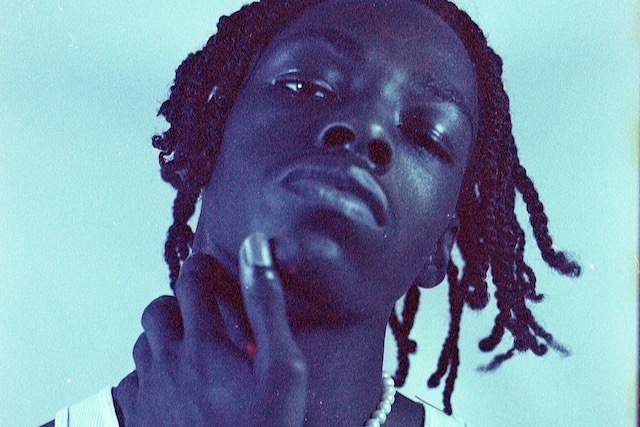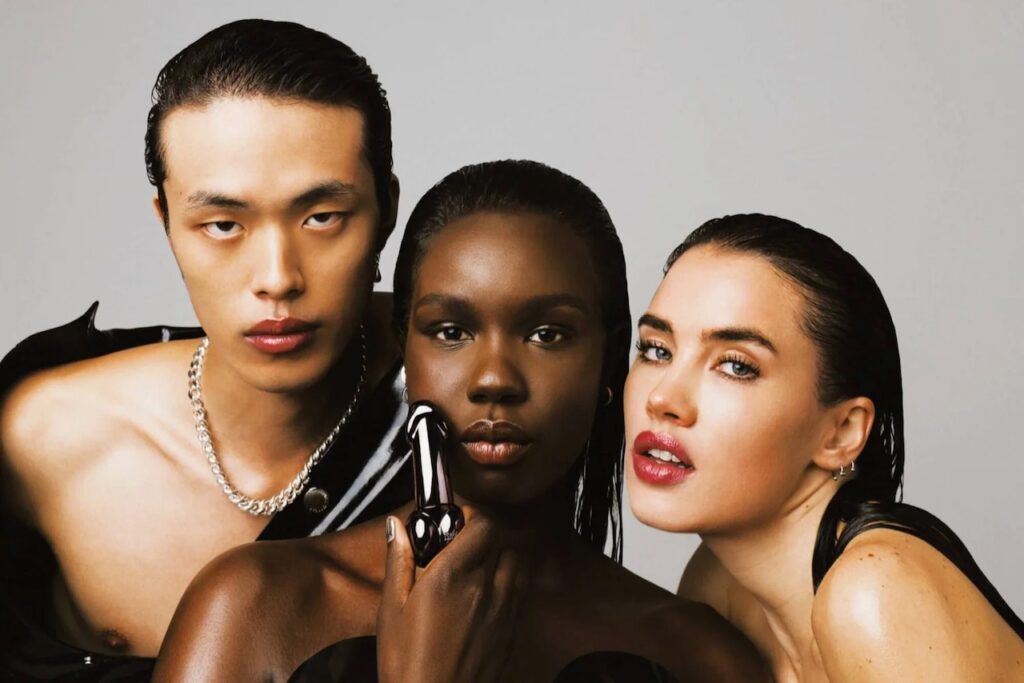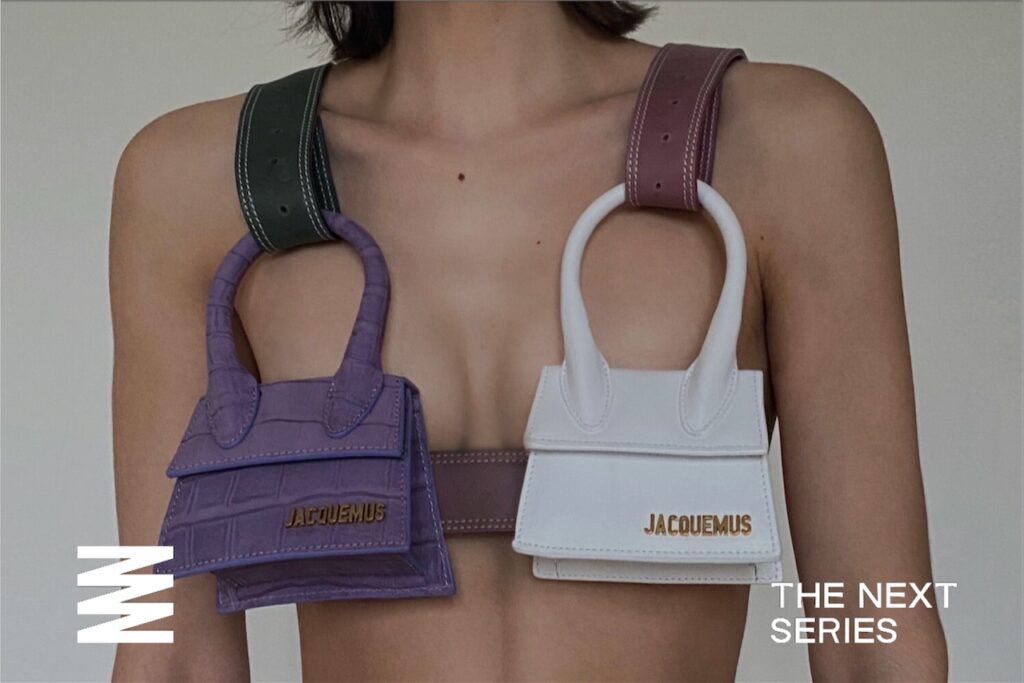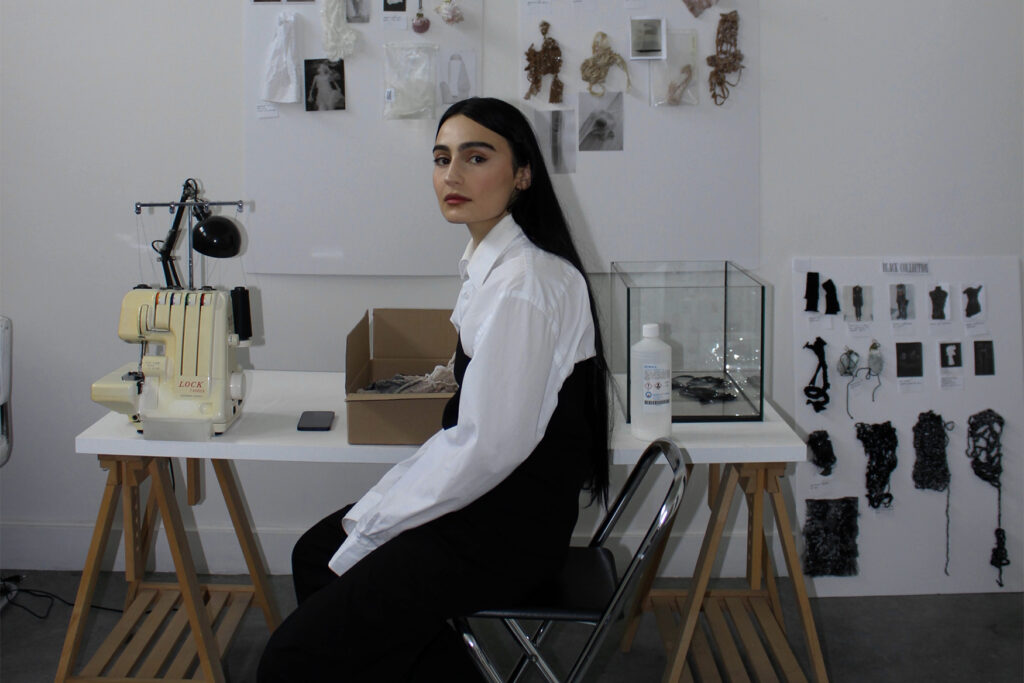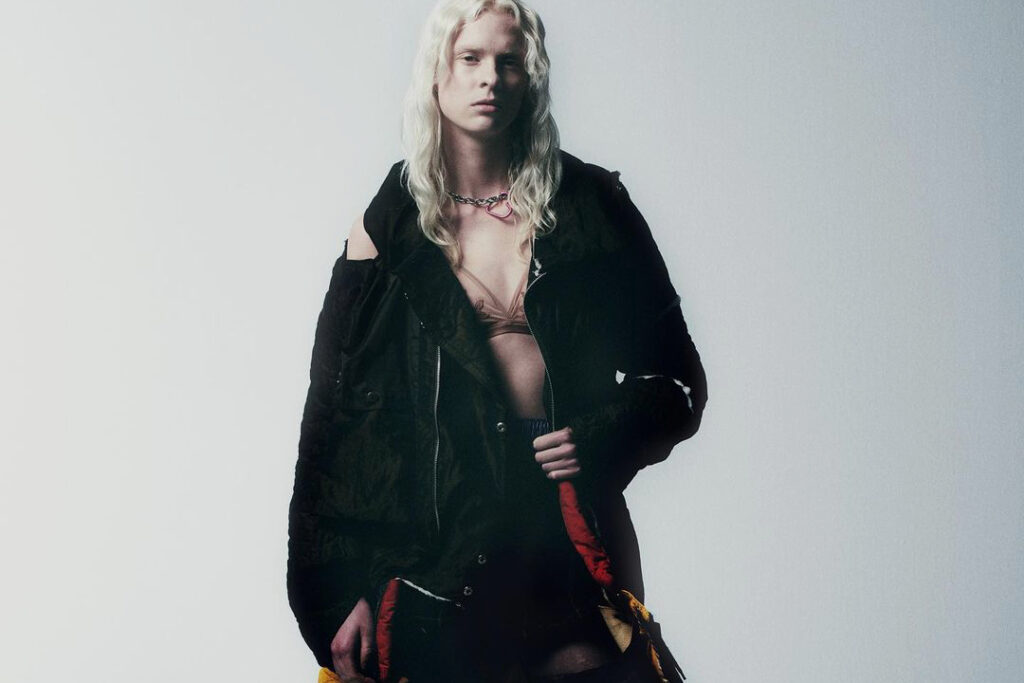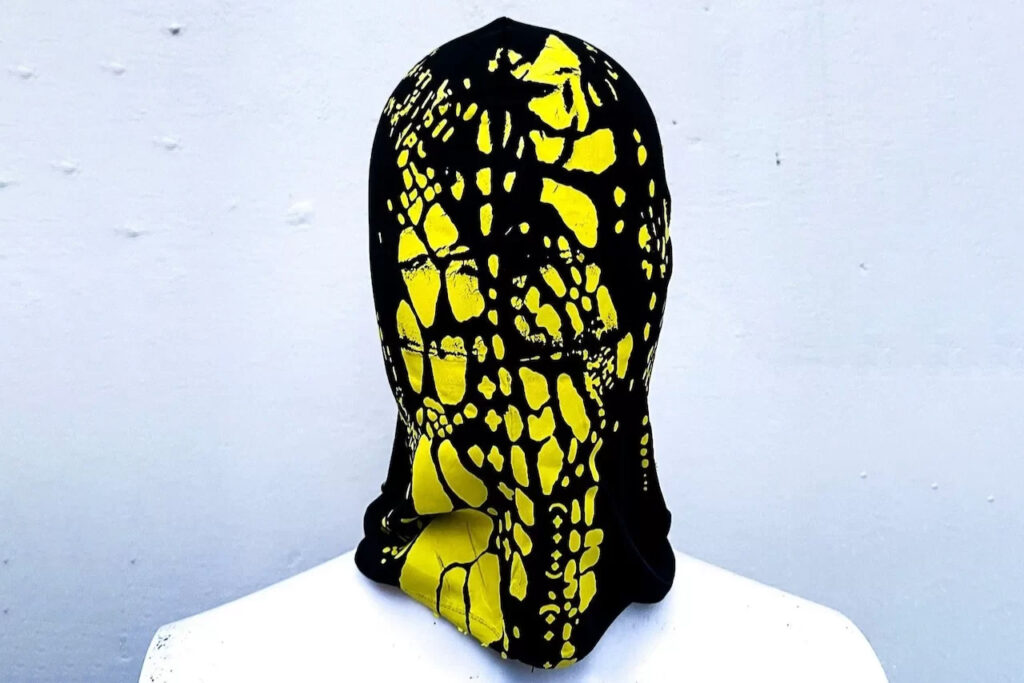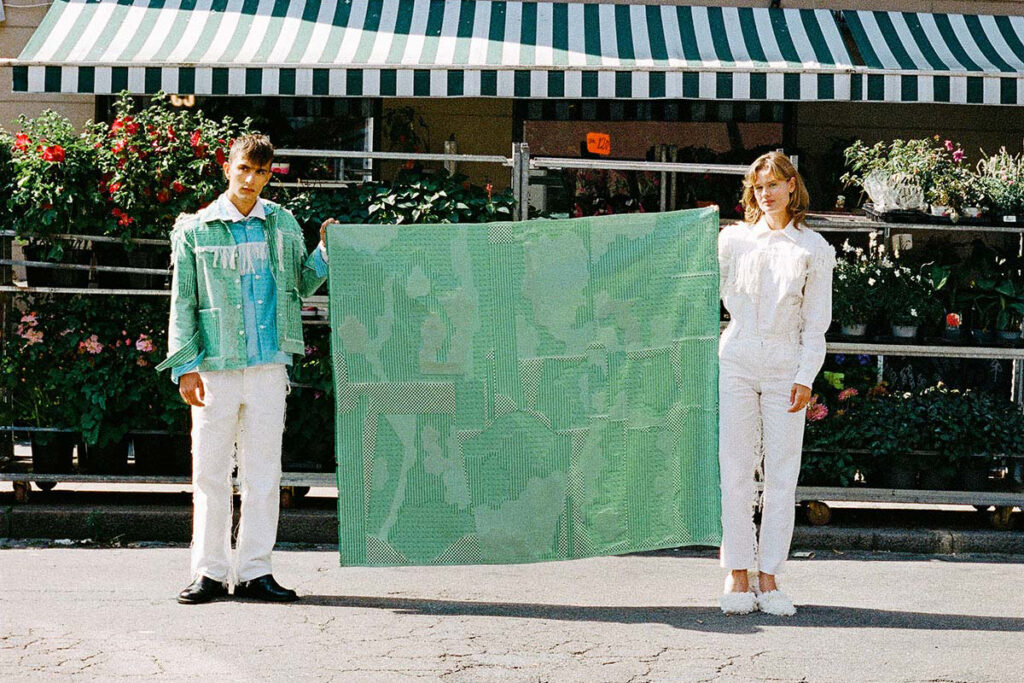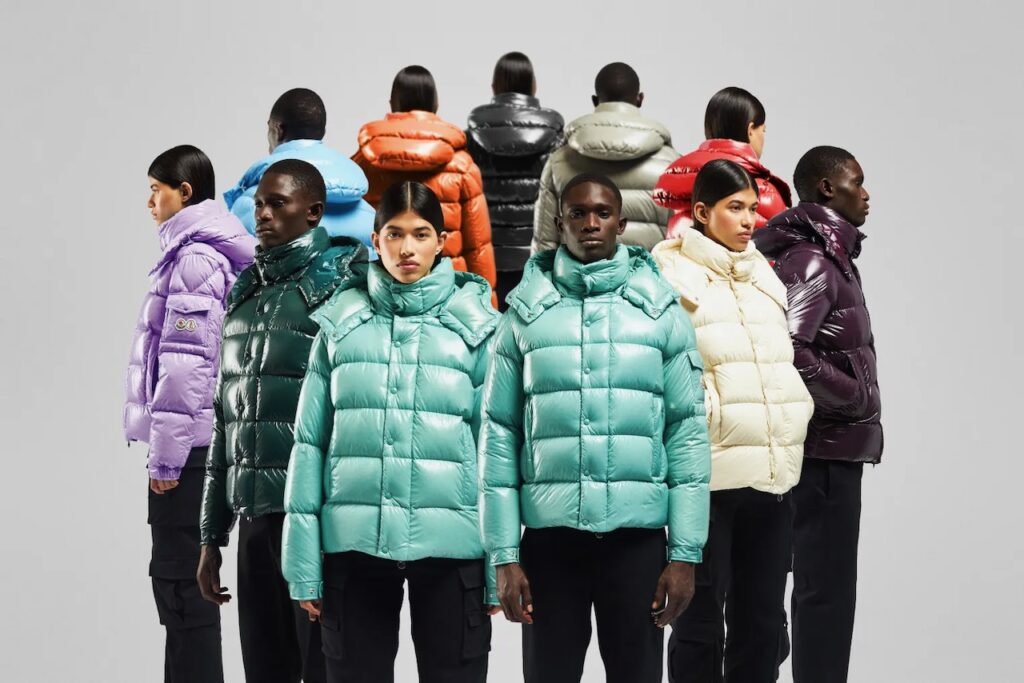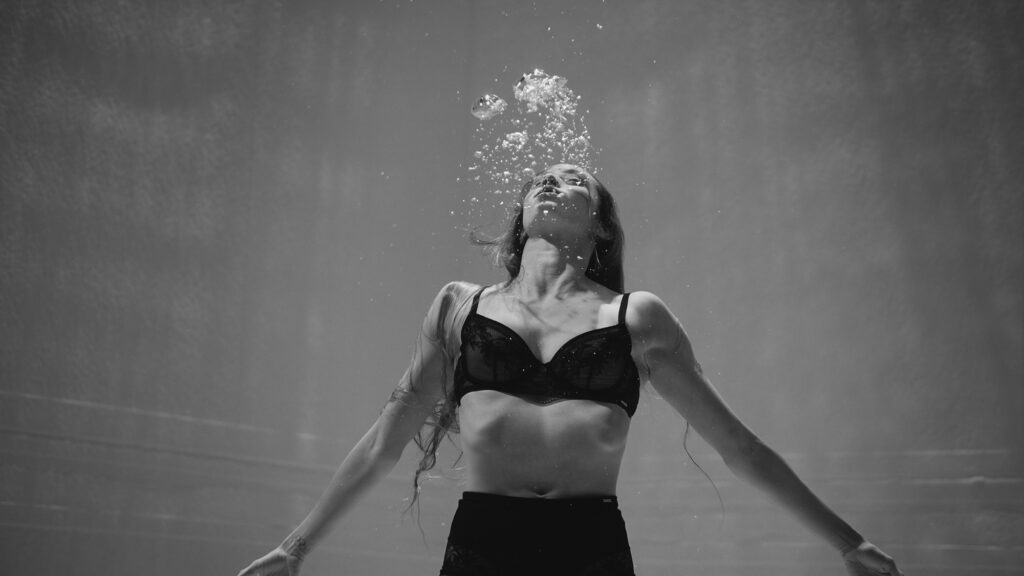Controversial fashion has always been about more than just weird clothes. It’s about pushing boundaries, challenging norms, and starting conversations.
Experimental designers have harnessed the power of controversial fashion for decades, using it as a tool for social commentary and change. Mary Quant’s iconic miniskirt challenged patriarchal norms of femininity, Vivienne Westwood and Malcolm McLaren’s punk style rejected mainstream fashion, and now, experimental designers like Mowalola and tRASHY are using meme clothing to address issues like police brutality and racism. But not all controversial fashion is created equal. It seems that lately, everybody wants to make an impact with the clothes they wear. Everybody wants to be controversial. And brands are catching on, serving controversy on a platter.
So what can we do to ensure that the power of controversial fashion isn’t diluted through marketing ploys? Well, for starters, we can take a look at what’s beyond the controversy.
Controversial fashion is more than weird clothes
The elements of controversial fashion can vary, but they often include a departure from the norm, pushing boundaries, and challenging societal expectations. Controversial fashion can use provocative materials, designs, or messaging to make a statement and spark conversation. To some, it may simply look like weird clothes, but these weird clothes can create a space for challenging societal norms and pushing boundaries. Precisely meant to be polarizing, garnering both praise and criticism. In essence, controversial fashion aims to evoke emotion and provoke thought. It’s not weird for the sake of it, it’s a tool for social commentary, bringing attention to important issues and creating change.
Experimental designers have harnessed the power of controversial fashion for decades
Let’s be clear. Controversial fashion is not a new concept. The 60s and 70s witnessed the artful mastery of designers such as Mary Quant, Vivienne Westwood, and Malcolm McLaren. All designers who have shaped and influenced the fashion world like few others.
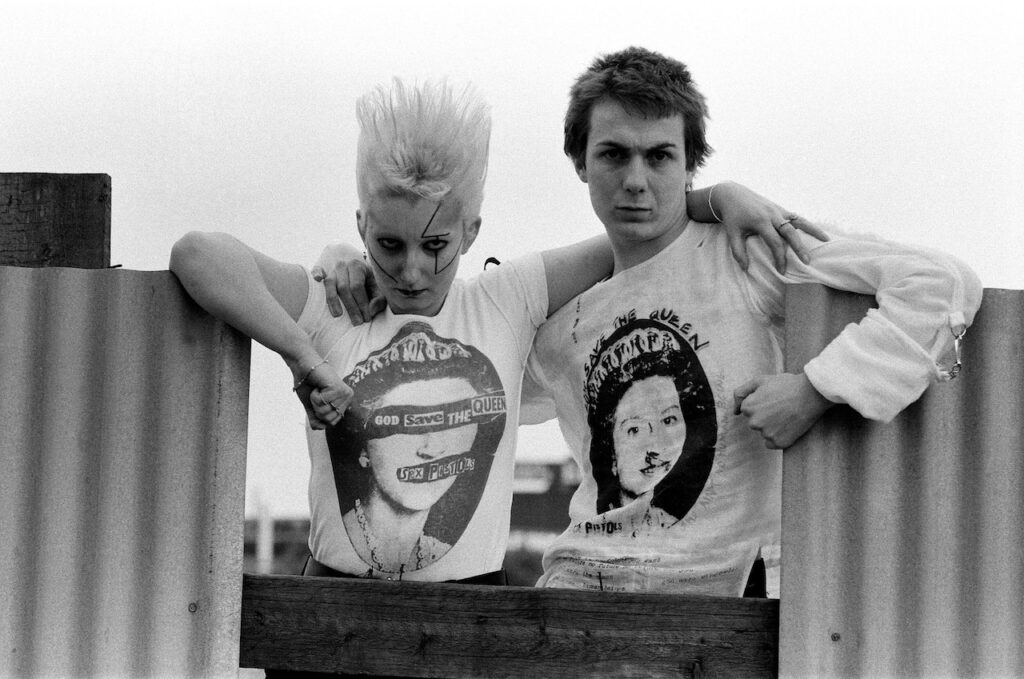
These visionaries didn’t just push boundaries, they shattered them, tearing down the walls of the conservative fashion industry to make way for a new wave of creativity, daring, and provocative designs. Mary Quant’s iconic miniskirt of the 1960s challenged the patriarchal norms of modesty and femininity. The mini skirt went on to become a symbol of the women’s liberation movement and helped to break down societal expectations of how women should dress. Vivienne Westwood and Malcolm McLaren’s punk style in the 1970s rejected the conventions of mainstream fashion and championed individuality, freedom of expression, and rebellion.
These designers not only changed the way we dress, they changed the way we think about fashion and its power to reflect and shape society. Their impact on the industry and on culture as a whole is immeasurable, and their legacy lives on in the ongoing struggle for creative expression and freedom of thought in fashion.
If we pay attention to the impact of controversial fashion through the lens of designers like Westwood, we can better understand the power and potential of this revolutionary form of self-expression. But has the power of controversial fashion held up throughout time? Or has it lost its way?
Truth be told… One could argue both ways.
They don’t make experimental designers like they used to…
If we take a look at how controversial fashion is produced and used nowadays, versus the role it had in the past, we might feel a little disheartened. In the past, it was often used as a tool for rebellion and social commentary. Today it can feel more like a marketing ploy aimed at garnering attention and shock value. And consumers can’t always tell the difference, deeming any weird clothes as controversial.
However, it’s true that nowadays, we see controversial fashion taking on different forms. There are plenty of examples of fashion brands pushing the envelope. But whether these designs are purposeful or simply seeking shock value is a question that’s difficult to answer with certainty.
As mainstream culture embraces controversial fashion, it risks diminishing its impact and reducing it to mere shock value. These days, people often label unusual clothes as controversial, but weird clothes don’t necessarily equate to controversial fashion. MSCHF’s viral big red boots provide a prime example of this.
Weird clothes don’t always equate with controversial fashion
They’ve swept all over the internet. The MSCHF big red boots are everywhere. And some seem to believe they are incredibly controversial because they’re so… Different. But what is truly controversial about these boots? They fall perfectly in line with the latest trend of oversized footwear. People are calling out how ridiculous they look and that they can’t believe people are buying them. But in fact, futuristic and cartoonish-looking clothing has been trending for quite a bit. Everyone wants to feel like they’re the main character of the story, and surreal clothing seems to be the way to go.
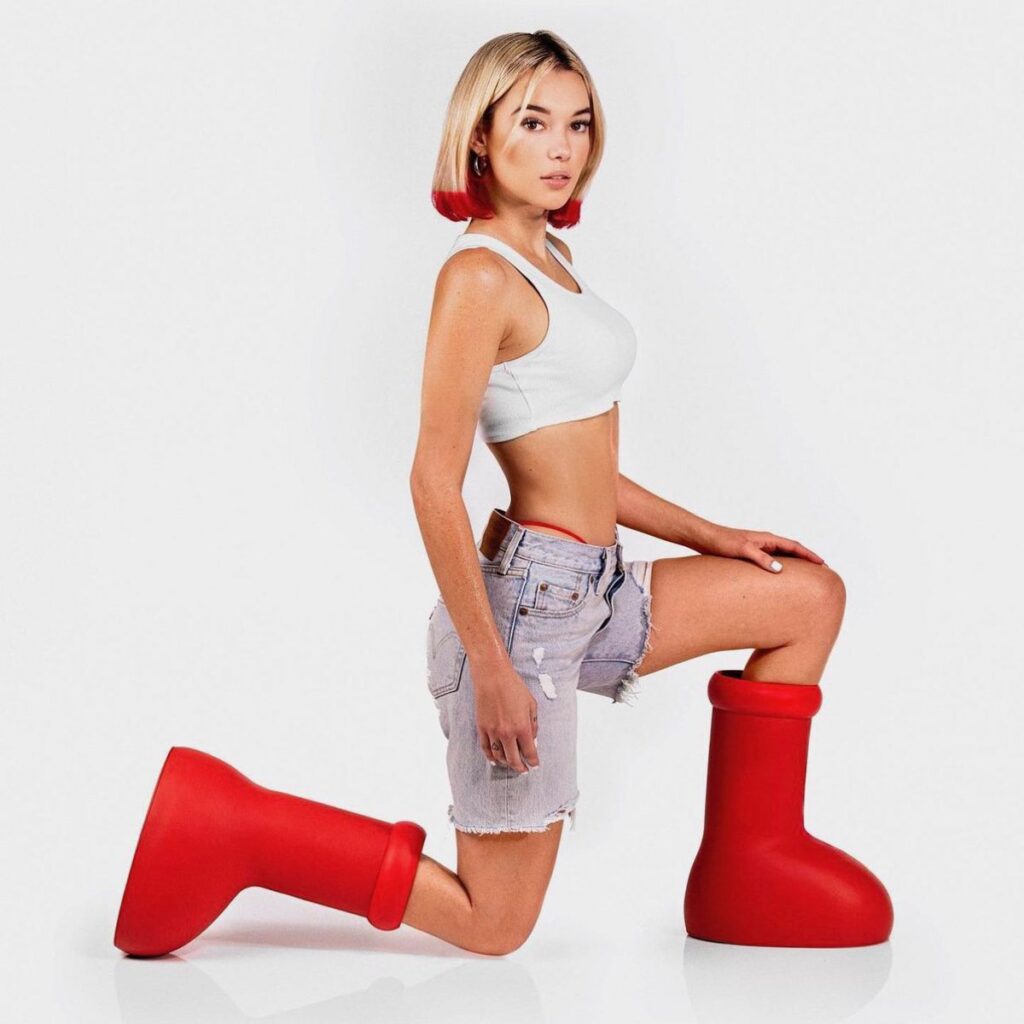
The big red boots, in fact, seem like a departure from the usual controversy brought about by MSCHF’s other products such as the “Satan Shoes” and “Jesus Shoes”. Does something only become controversial if it challenges societal norms or if it deviates from the norm in a way that some people find surprising or unexpected? Weird clothes aren’t necessarily controversial. And the same goes for surreal clothing.
The lines between, weird clothes, purposeful controversy and exploitative controversy are becoming increasingly blurred. It is up to both consumers and creators to ensure that this powerful tool for social commentary and change is not diluted or misused. We need to be careful to understand what is simply surreal clothing. What is controversial and what isn’t? And within that controversy, what has a larger purpose and what doesn’t?
The two sides to controversial experimental fashion
A lot of the debates that often surround controversial fashion are born out of a (mis)understanding of the value of the controversy itself. You see, there are two characteristics inherent to controversial fashion: Purpose and shock value.
Unfortunately, something controversial isn’t always purposeful, and so it dilutes the power of controversial fashion as a whole.
There is a palpable problem with controversial fashion and the line between purposeful and shock value. One of the biggest challenges that arise when discussing controversial fashion is understanding where the line between purposeful and shock value lies. While some designers use fashion as a medium to voice their opinions on societal and political issues, others simply want to generate buzz and shock value without any real substance.
At times, it becomes hard to distinguish where this line is exactly. Balenciaga is a great example.
Balenciaga’s weird clothes: Fighting for good or exacerbating the bad?
Balenciaga’s fall 2021 collection was heavily inspired by the everyday clothing worn by blue-collar workers. Featuring pieces such as oversized work jackets and hoodies with reflective tape. The brand claimed that the collection was meant to highlight the beauty in ordinary and functional clothing. However, critics argued that it was a shallow attempt to cash in on the current trend of workwear-inspired fashion without addressing the real issues faced by these workers. Perpetuating the problematic idea that working-class culture is something to be fetishized and commodified is different from understanding and respecting it.


Moreover, in the past year Demna’s actions leading the brand have constantly been making headlines. Drop after drop, the surreal clothing from distressed boots, to thousand-dollar trash bags and even crocs heels have turned heads everywhere. But what appeared as an initially successful and cunning calling-out of the fetishization of money and luxury, admirable even, slowly turned into “What can we do to shock people even more.” Eventually escalating out of hand and shocking people into genuine outrage and disgust with their past campaign. You remember right? The one that featured kids and S&M gear and child abuse paperwork. Explain that… Controversial? Maybe. Purposeful? Absolutely not.
Someone might then look at the child S&M debacle and not see the difference between that, and Samaya Ffrench’s latest LIPS collection. But a penis shaped lipstick can be a hell of a lot more purposeful than it seems.
Penis shaped lipsticks are shocking too… But with purpose
Lately, controversial fashion has extended beyond just clothing and accessories. Beauty, and more specifically makeup, has also become a medium for pushing boundaries and provoking thought. But why is a controversial penis-shaped lipstick considered purposeful? How is it an advancement in society? It’s a fair question to ask, right? Well, at first glance, it may seem like a pointless and gimmicky creation. However, it’s important to consider the larger context of the product and the intention behind it.
For Samaya Ffrench, the creator of the LIPS collection for her makeup brand ISAMAYA Beauty, the aim is to challenge traditional beauty standards and create a space for self-expression and sexual liberation. By creating a product that looks like a penis, Ffrench is intentionally pushing back against the heteronormative and often oppressive beauty industry that is geared towards pleasing the male gaze. It’s saying, ‘I don’t care about your standards of beauty, I’m going to create something that I find beautiful and empowering.’
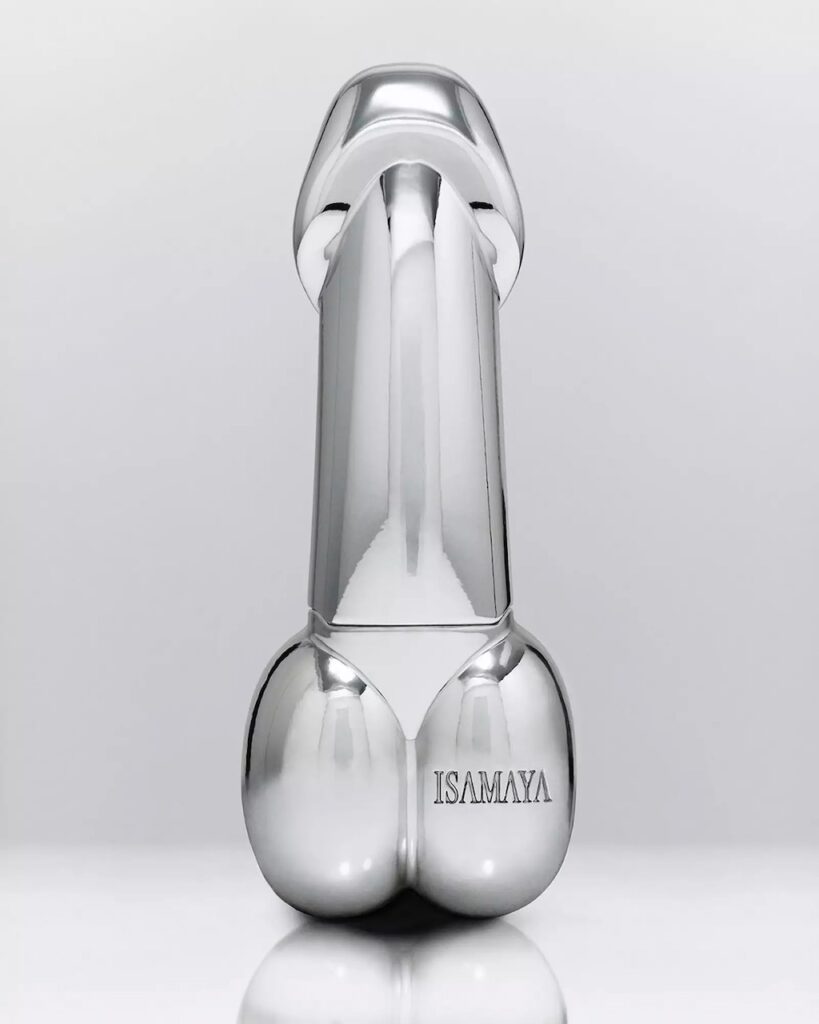

It is literally taking the narrative of putting on lipstick for someone else’s pleasure, and making it your own. Moreover, the LIPS collection is part of a larger movement towards destigmatizing female sexuality and promoting sex positivity. By creating a product that is explicitly sexual, Ffrench is encouraging people to embrace their desires and explore their sexuality.
Penis shaped lipsticks aren’t a silly gimmick after all
So while penis shaped lipsticks may seem silly and frivolous creations on the surface, it’s important to recognize the larger social and political implications of their existence. Penis shaped lipsticks challenge beauty standards, promote sexual liberation, and contribute to a broader movement towards social progress and equality. Who would’ve thought?
Not all hope is lost. There are still experimental designers today who are making truly controversial clothes. Experimental designers who understand the power of controversy and use it wisely.
There are still designers using controversial fashion with a purpose
Many brands are using controversial fashion for marketing purposes. That’s a fact and there isn’t much we can do about it. Nevertheless, there’s still hope. We are, after all, constantly navigating a bubbling climate of societal upheaval and increased awareness of social issues. Luckily, there are talented brands and designers who are using their platform to address important topics such as gender identity, sexuality, and politics. All while pushing the boundaries of what is considered acceptable in fashion.
tRASHY clothing and their meme clothes use satire as a form of protest
Labels such as tRASHY clothing carry messages reminiscent of rebellious 60s and 70s designs. Some of the Jordan-based label0’s designs hit hard with one-liners such as “I </3 colonisers”, “Ms Apartheid” and “poetic, political, and unapologetic.”. All intended to protest the Israeli occupation of Palestine. Rather punk if you ask us. Vivienne Westwood would be proud.
Mowalola’s surreal clothing aims to shock us into questioning our own sovereignty
London-based designer Mowalola has used her platform to bring attention to issues like police brutality and racism. Her designs showcase the beauty and strength of black culture, while also serving as a form of activism.
Her latest collection Fall 2023 collection has been no exception. Mowalola’s FW23 ‘Sue Me’ is nothing short of provocative. The notion of what we might wear in a post-apocalyptic world and the collapse of society were the main inspirations for the collection. Mowalola explores the idea of the last fight between life and tech, and the power that corporations hold over our lives. The designer’s venturesome use of bootlegging and appropriation of intellectual property is a bold statement on the tensions between creativity and corporate control.
The controversial looks are a call to action, challenging us to question the status quo and fight for our freedom of expression.
All in all, it’s pretty clear that controversial fashion is more than simply weird clothes. Purposeful controversy has a power to it that should be upheld and respected. It’s the artful mastery of designers like Mary Quant, Vivienne Westwood, and Malcolm McLaren who paved the way for the fashion revolution, and the revolutionary power of fashion. It’s the subversive designs of Mowalola, tRASHY clothing, and ISAMAYA Beauty and the socio-political impact they bring about. And while other brands can no doubt use controversy for shock value and nothing else, as consumers we need to be smart and recognize things for what they are. Not that there’s anything wrong with wearing something weird because it looks cool. But let’s be aware of what we’re upholding guys, come on. Don’t just believe everything you hear. The red boots are weird, but they’re not controversial. There. Said it.



